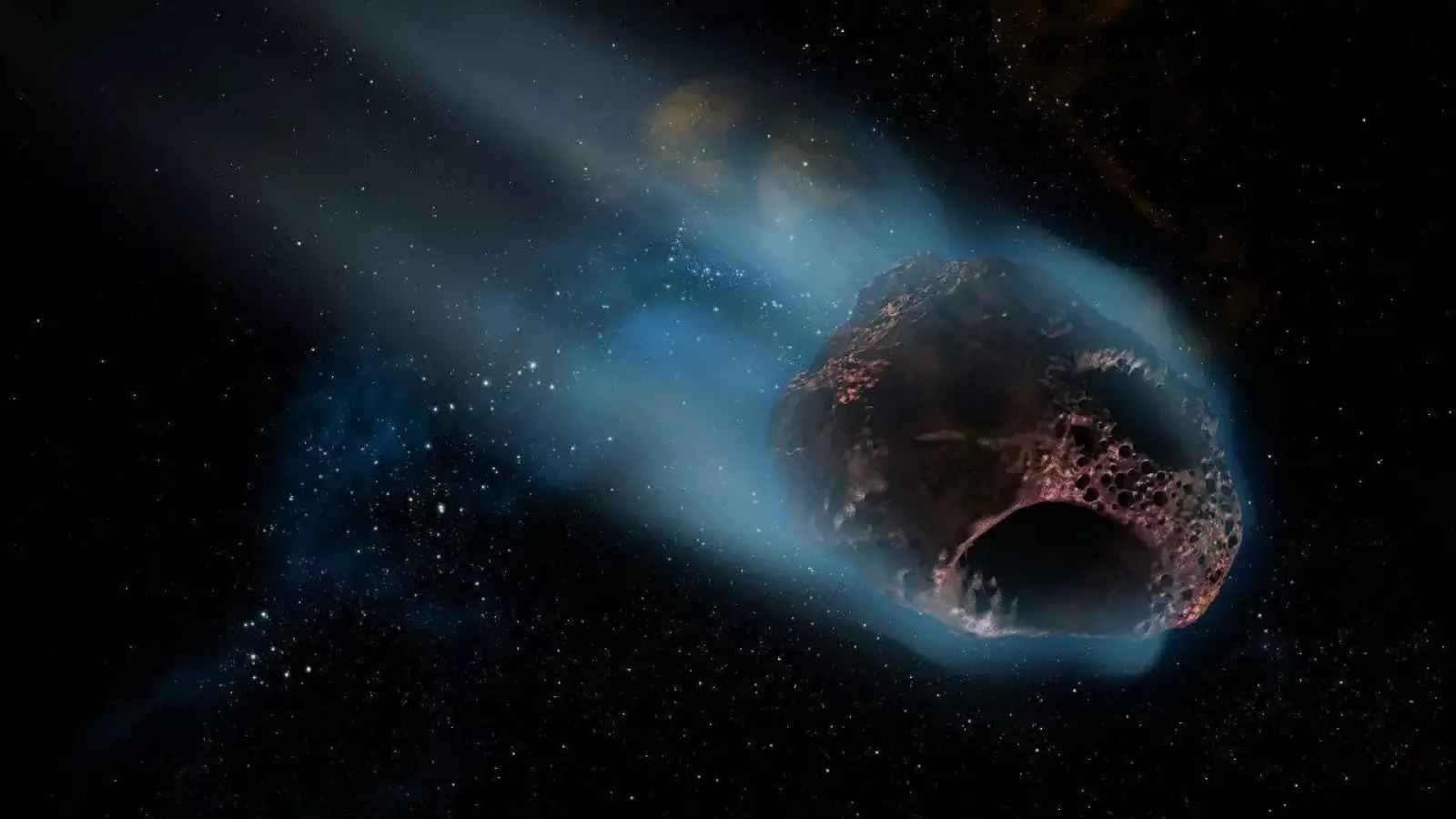Bus-sized asteroid moving towards Earth at a speed of 14400 km per hour, NASA alerted
NASA's Jet Propulsion Laboratory has reported that a bus-sized asteroid, named 2024 JP1, is moving towards Earth at a speed of 14400 kilometers per hour. The size of this asteroid is about the same as a city bus and is being monitored by astronomers who keep an eye on those near-Earth objects (NEOs) that could pose a threat to us.

NASA's Jet Propulsion Laboratory has reported that a bus-sized asteroid, named 2024 JP1, is moving towards Earth at a speed of 14,400 kilometers per hour.
The size of this asteroid is about the same as a city bus and is being closely monitored by astronomers who keep an eye on those near-Earth objects (NEOs) that could potentially pose a threat to our planet.
The discovery of 2024 JP1 was made possible by the vigilant efforts of the NEO Monitoring Team, a group dedicated to identifying and cataloging such celestial bodies. Using powerful telescopes and advanced tracking algorithms, they were able to detect this asteroid and calculate its orbit with great accuracy.
According to the data, 2024 JP1 is expected to soon reach its closest approach to Earth, at a distance of 7.07 million kilometers.
The speed of 14,400 kilometers per hour is relatively fast compared to other objects in our solar system, but it is not unusual for asteroids of this size.
The speed at which 2024 JP1 travels is determined by the gravitational effects it encounters during its journey through space.
A global network of observatories, including facilities in the United States, Europe, and Asia, is tracking the path of asteroid 2024 JP1.
These observatories work together to share information and refine the asteroid's trajectory. This international effort ensures that any potential risk is thoroughly reviewed.
The arrival of 2024 JP1 will allow scientists to study a near-Earth asteroid up close. Observations made during its flyby will provide valuable information about its composition, possibly revealing details about the early Solar System. This information is critical for developing future asteroid impact prevention and mitigation strategies.
NASA and its international partners believe that the arrival of 2024 JP1 is an event of interest to the scientific community but should not be considered a matter of public concern.
The systems in place to detect and track NEOs are robust and the probability of an asteroid impact is carefully calculated long before any potential threat becomes imminent.
As 2024 JP1 continues its journey around the Sun, it will leave behind a trail of data that will enrich our understanding of these wandering celestial bodies.
NASA's Jet Propulsion Laboratory (JPL), managed by Caltech, is a center for innovation and exploration in space science.
Founded as a federally funded research and development center, JPL has played a key role in the deployment of robotic spacecraft to study Mars, as well as sending probes to explore the outer edges of our solar system.
The laboratory's history is filled with significant accomplishments, such as the launch of the Explorer I satellite in 1958, which marked the beginning of space exploration for the United States. More recently, the Perseverance rover has been making remarkable discoveries on the surface of Mars.
For Latest News update Subscribe to Sangri Today's Broadcast channels on Google News | Telegram | WhatsApp





































.jpeg)
































































































